| Model: | Jaeger-Lecoultre Futurematic |
| Reference: | N/A |
| Movement: |
JLC Manual Wind Alarm Cal. 497
|
| Functions: | Time, Power Reserve |
| Water resistance | N/A |
| Case: | 35mm 10k Gold-capped |
| Crystal: | Plexi |
| Strap/bracelet | Generic leather strap |
| Condition | Used, runs well |
| Year: | 1950s |
| Box & papers: | No |
LeCoultre Futurematic cal. 497 Gilt Dial
+ Free ShippingCompared to Blancpain and Rolex, Jaeger-LeCoultre (JLC) entered the realm of producing automatic movements relatively late. The introduction of the Calibre 476 in 1946 occurred twenty years after Blancpain achieved this milestone, and fifteen years after Rolex. Despite the delay, the Calibre 476 distinguished itself with a power reserve of 40 hours, surpassing the relatively low power reserves of Blancpain and Rolex. Furthermore, it achieved chronometer certification twelve years after its debut, underscoring its accuracy.
In 1953, JLC made a groundbreaking advancement with the Futurematic, both in terms of design and functionality. Emerging from the aftermath of five years of global conflict, the world embraced a vision of the future, inspiring manufacturers, including those in the horological industry, to craft products that symbolize this aspirational future through innovative shapes and colors.
The Futurematic was powered by the Calibre 497, featuring a larger balance that enhanced its precision compared to the Calibre 476. Similar to early automatic movements from Universal Genève, the Calibre 497 employed a bumper wind mechanism. However, it addressed a common issue of overwinding and mainspring breakage by incorporating a locking mechanism for the oscillating weight, ensuring operational reliability.
Noteworthy is the inclusion of a hacking mechanism in the Calibre 497, a feature inherited from military watches, that was uncommon in automatic timepieces of that era. This mechanism, along with the revolutionary six-hour power reserve indicator at 9 o’clock, contributed to unparalleled accuracy and functionality.
An intriguing design element of Futurematic is the unconventional placement of the crown at 3 o’clock. JLC introduced a distinctive hand-setting wheel activated by sliding the coin-shaped crown inward toward the watch’s center, which also engages the hack lever. To set the hands, the wearer rotates the crown clockwise, while sliding it outward, restarting the movement.
Although JLC offered the Futurematic in various case materials and dial colors, models powered by the Calibre 497, such as this one, typically feature two subdials: running seconds at 3 o’clock and the power reserve indicator at 9 o’clock, enhancing symmetry and aesthetic balance on the gloss black dial.
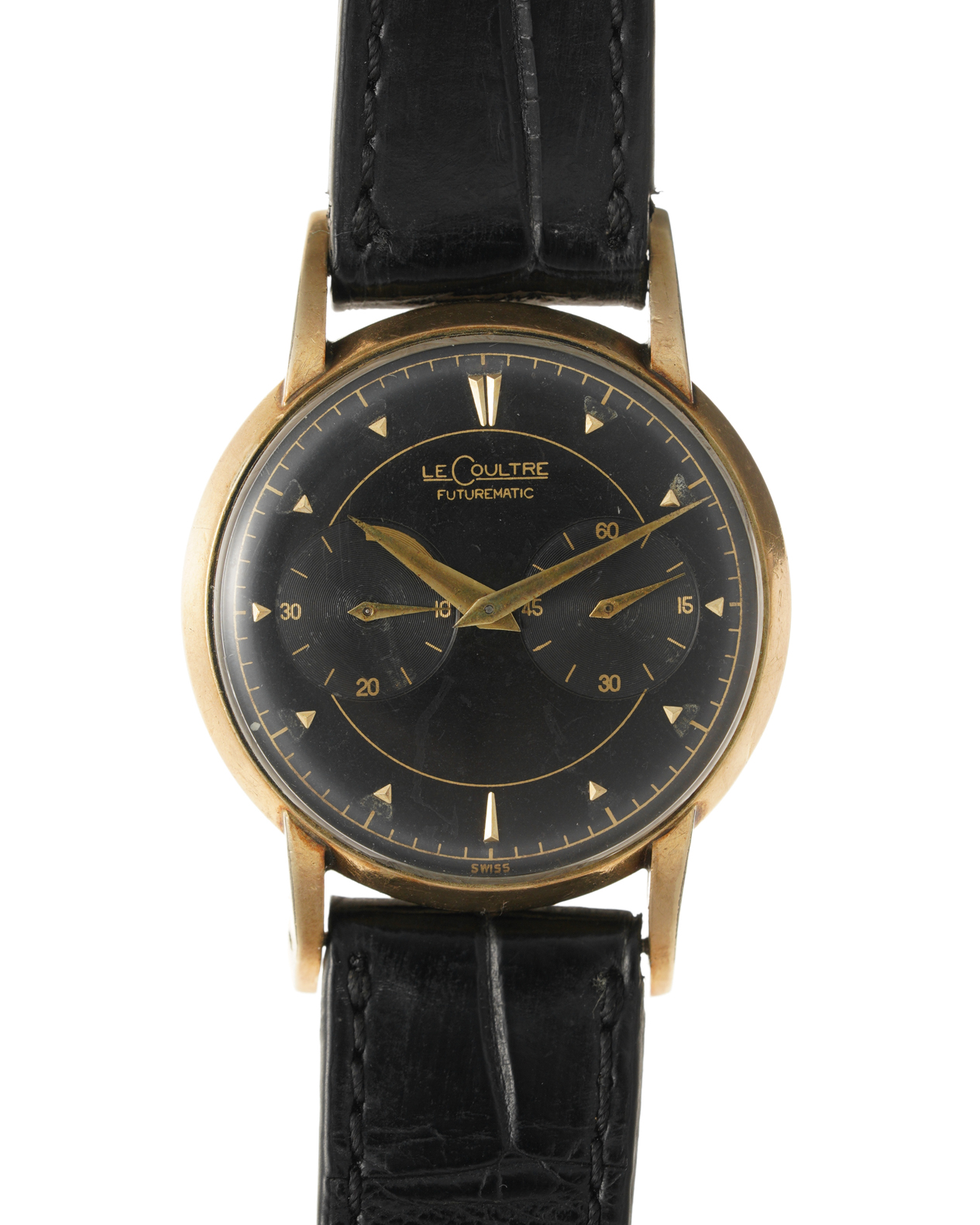
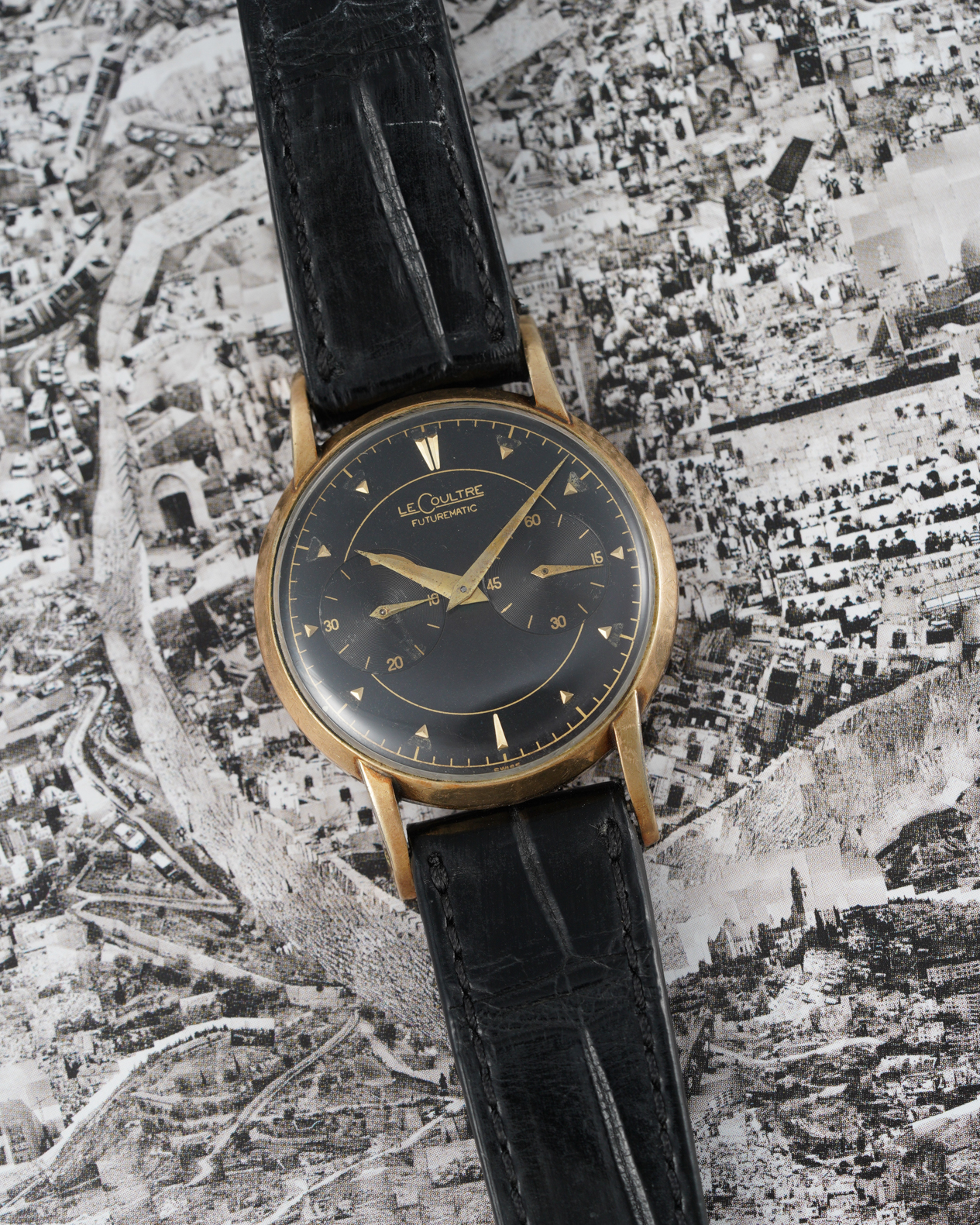
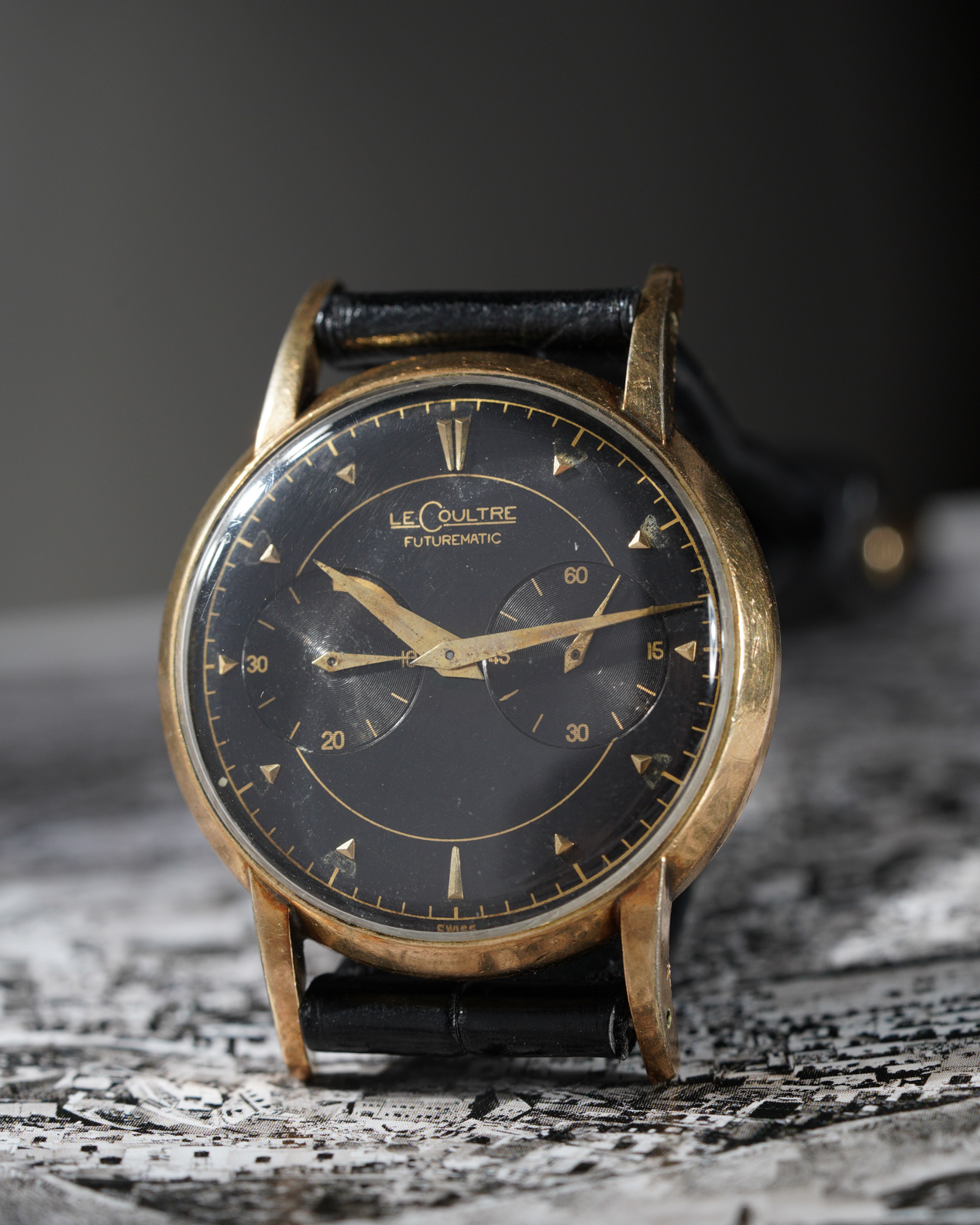
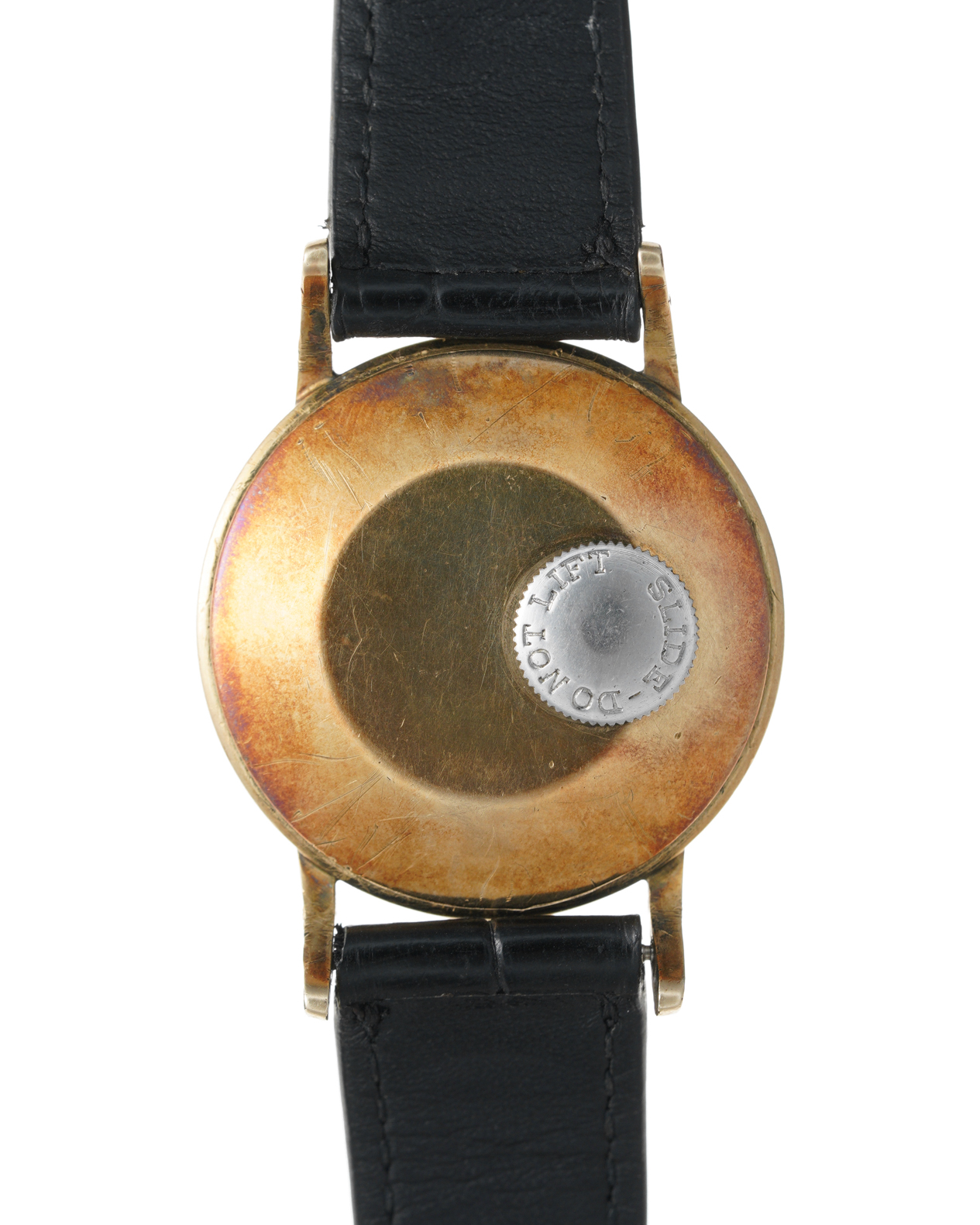
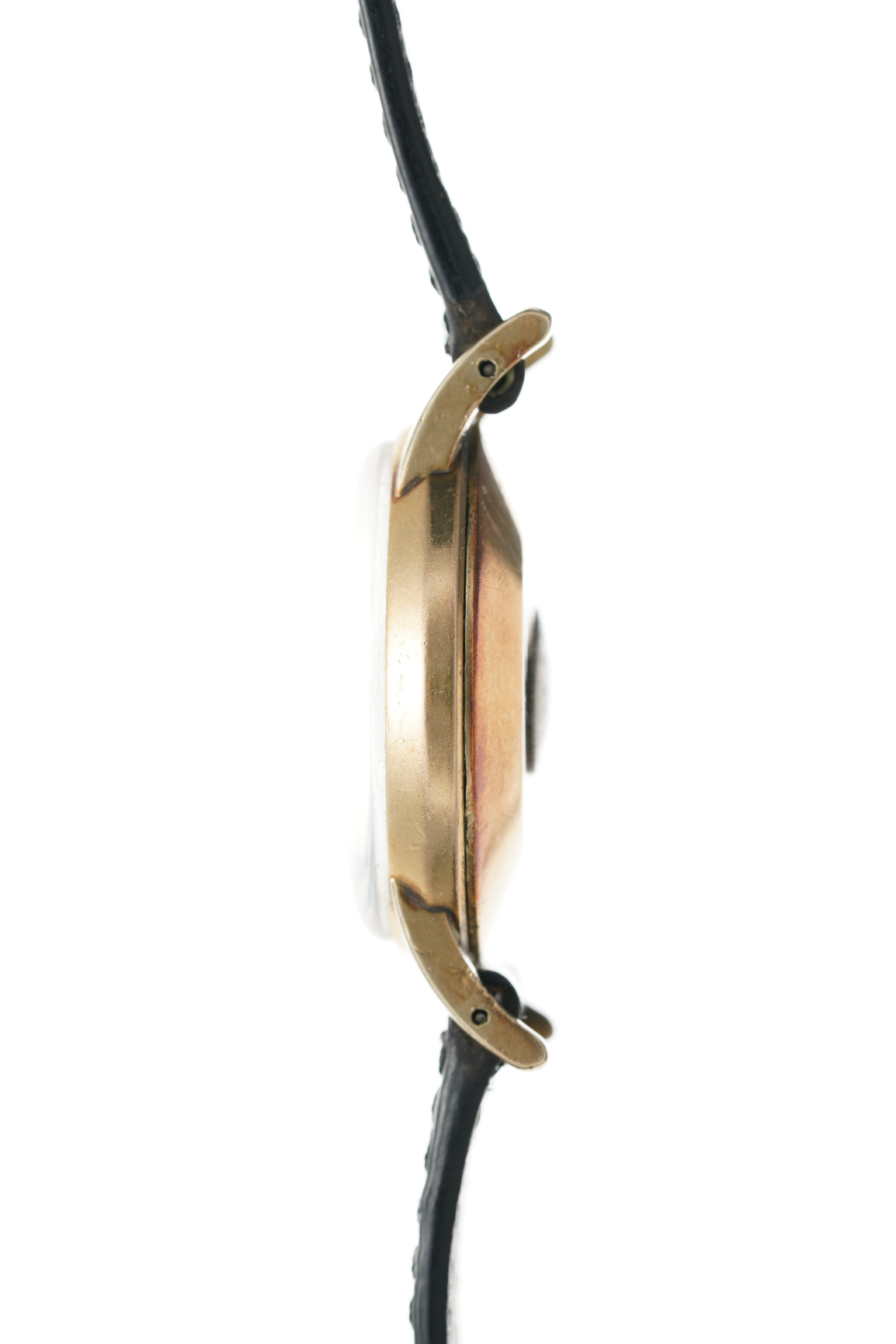
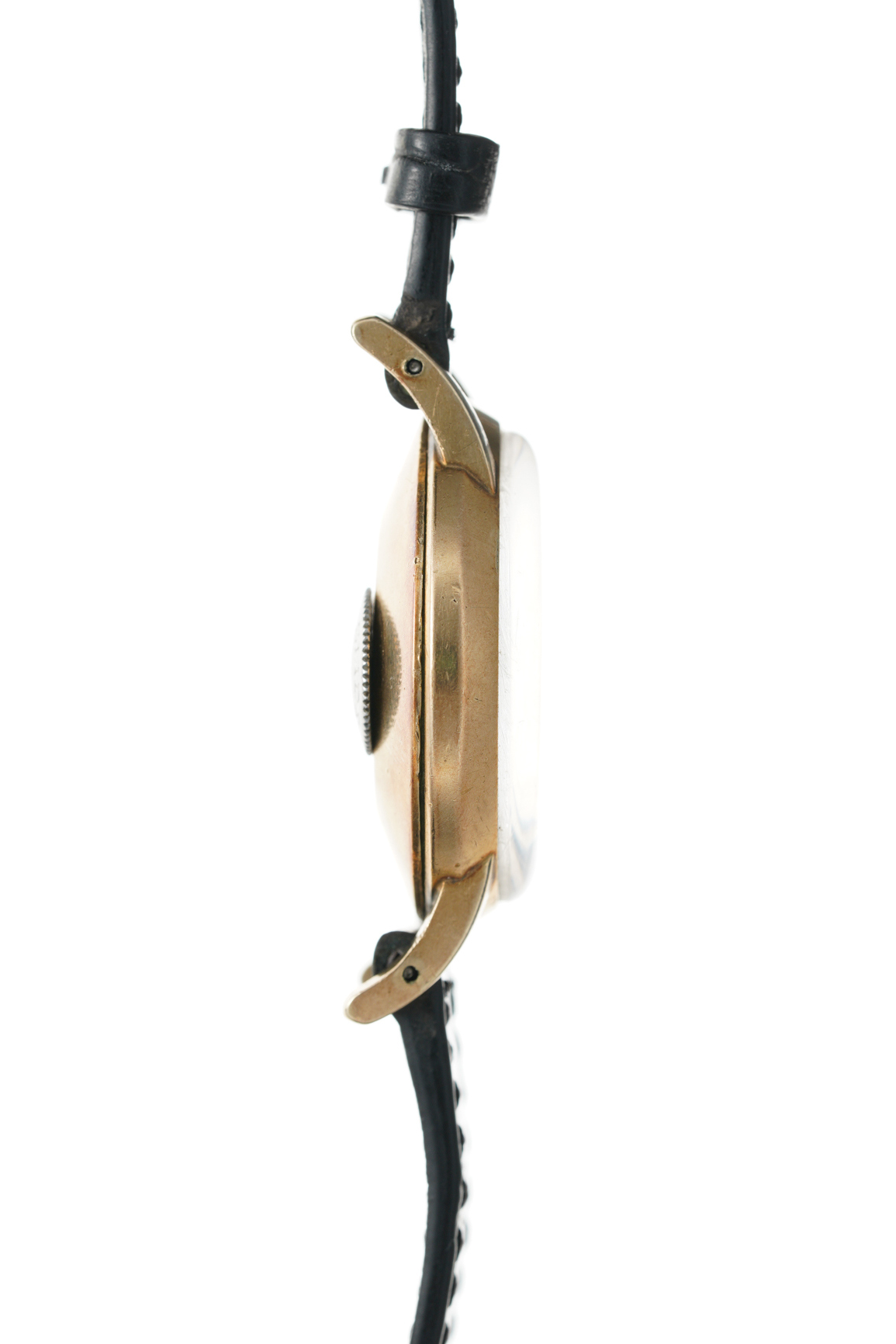
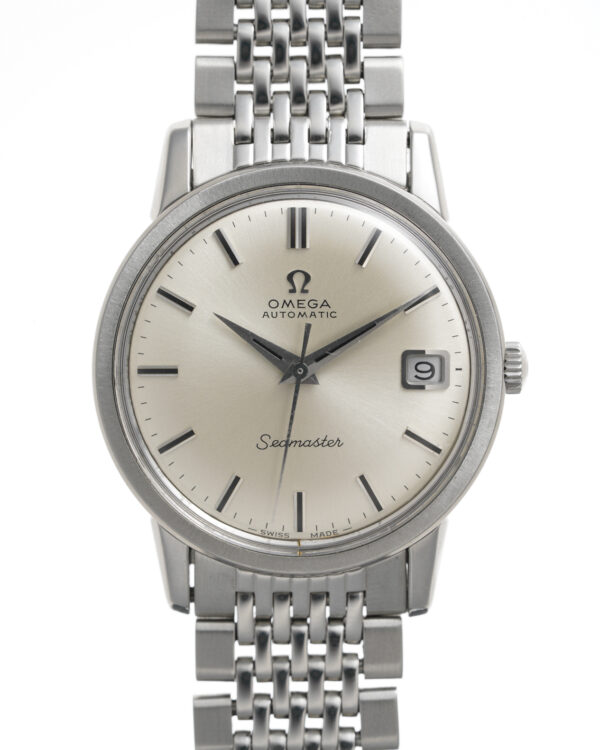
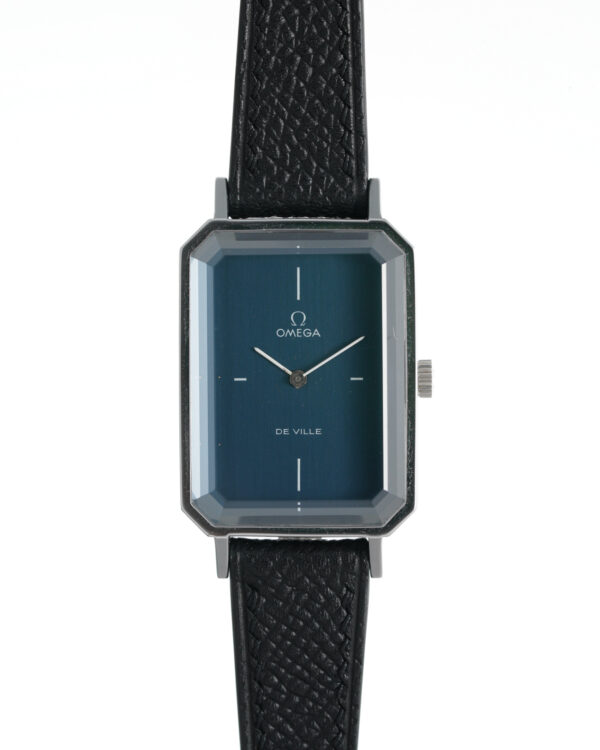
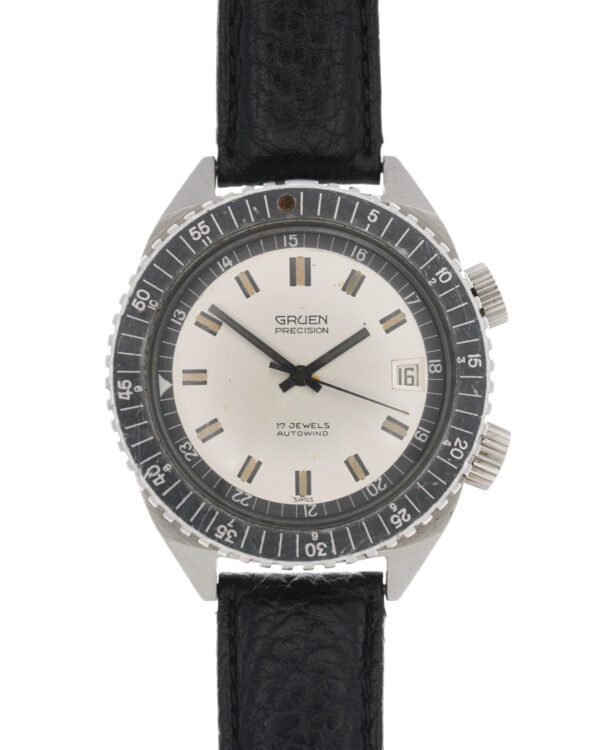
Reviews
There are no reviews yet.